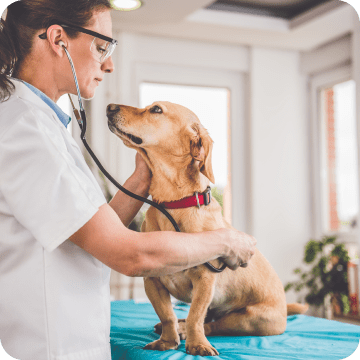
Squiggy's Unfortunate Car Accident
Squiggy, a spirited mixed-breed cat, was hit by a car, resulting in severe injuries including multiple fractures and internal bleeding. His recovery journey was challenging, but with dedicated care, he made a remarkable recovery.
Vet Bill Details:
Total Vet Bill: $12,169.00
Covered Charges: $12,162.00 (The amount eligible for insurance coverage, after excluding non-covered items.)
Annual Deductible: $200.00 (The amount the pet parent pays before insurance coverage starts.)
Copay: $1,196.25 (The portion of the covered charges that the pet parent is responsible for, after the deductible.)
Total Embrace Reimbursement: $10,000.00 (The maximum amount reimbursed based on the policy's coverage limit.)




